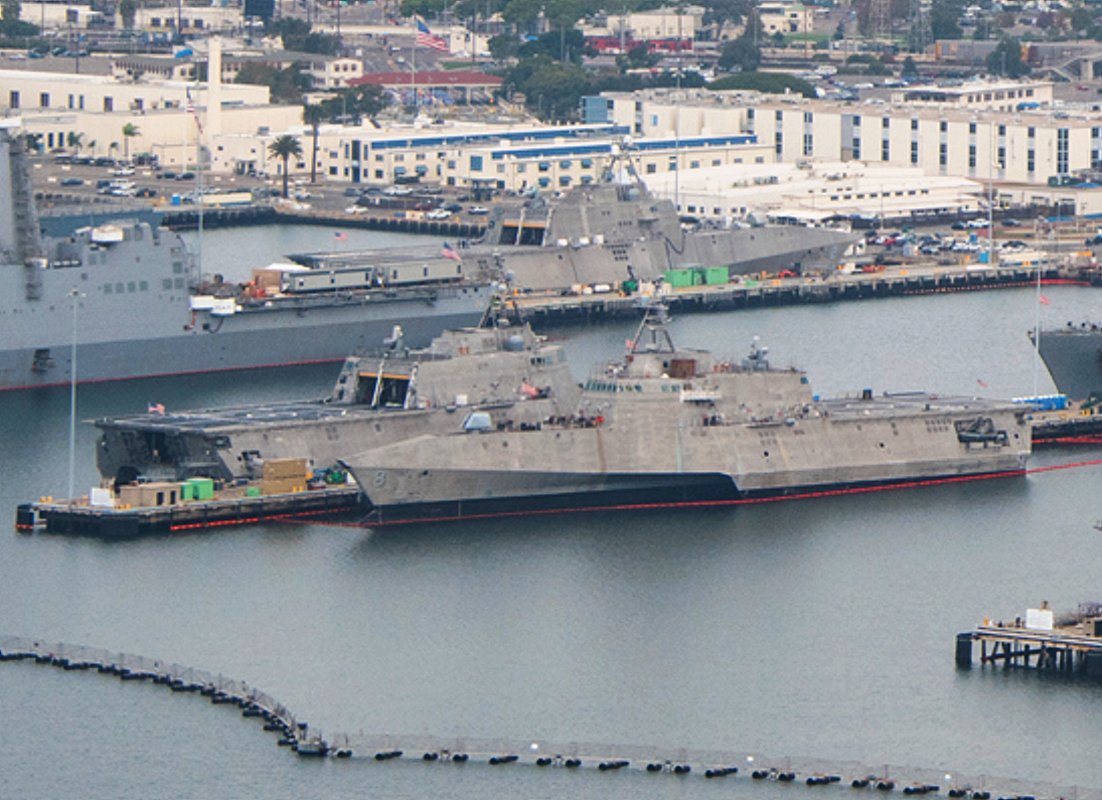TerraN_EmpirE
Tyrant King
The Navy has options it's just a matter of actually having the balls to choose from them.
They were first looking at modifying the Excalibur round. Canceled.
New hyper sonic artillery is now an option.
And of all the existing ships in the Fleet the Zumwalt class in the one class with enough electrical power available to actually operate Rail guns. The BAE systems Rail gun needs about 25 Megawatts of electrical power The Zumwalt has 78 megawatts of electrical power available well older ships like the Burke only have about 9 megawatts. down side it needs time to move from lab to fleet
Sometimes it seems like some Cabal inside the Navy is trying to sabotage the class.
A report in 2008 by the then Deputy secretary of the Navy for ship Programs and Vice Adm Berry McCullough Claimed that Zumwalt Coundn't perform Area Air defense or BMD. However the contractor came in and pointed out the error in this as 1) The BMD role was assigned to the Burke class and not required by the UNS for Zumwalt class. Zumwalts were supposed to serve as Naval fire support a capability lost by the Afore mentioned gun issue where in the Navy and budget for the ammo of the AGS was terminated.
and 2) there is no actual reason why they wouldn't do the job any way. The Mk 57 VLS system can accommodate the Missiles needed and with upgrades the ship could do the job.
They were first looking at modifying the Excalibur round. Canceled.
New hyper sonic artillery is now an option.
And of all the existing ships in the Fleet the Zumwalt class in the one class with enough electrical power available to actually operate Rail guns. The BAE systems Rail gun needs about 25 Megawatts of electrical power The Zumwalt has 78 megawatts of electrical power available well older ships like the Burke only have about 9 megawatts. down side it needs time to move from lab to fleet
Sometimes it seems like some Cabal inside the Navy is trying to sabotage the class.
A report in 2008 by the then Deputy secretary of the Navy for ship Programs and Vice Adm Berry McCullough Claimed that Zumwalt Coundn't perform Area Air defense or BMD. However the contractor came in and pointed out the error in this as 1) The BMD role was assigned to the Burke class and not required by the UNS for Zumwalt class. Zumwalts were supposed to serve as Naval fire support a capability lost by the Afore mentioned gun issue where in the Navy and budget for the ammo of the AGS was terminated.
and 2) there is no actual reason why they wouldn't do the job any way. The Mk 57 VLS system can accommodate the Missiles needed and with upgrades the ship could do the job.

